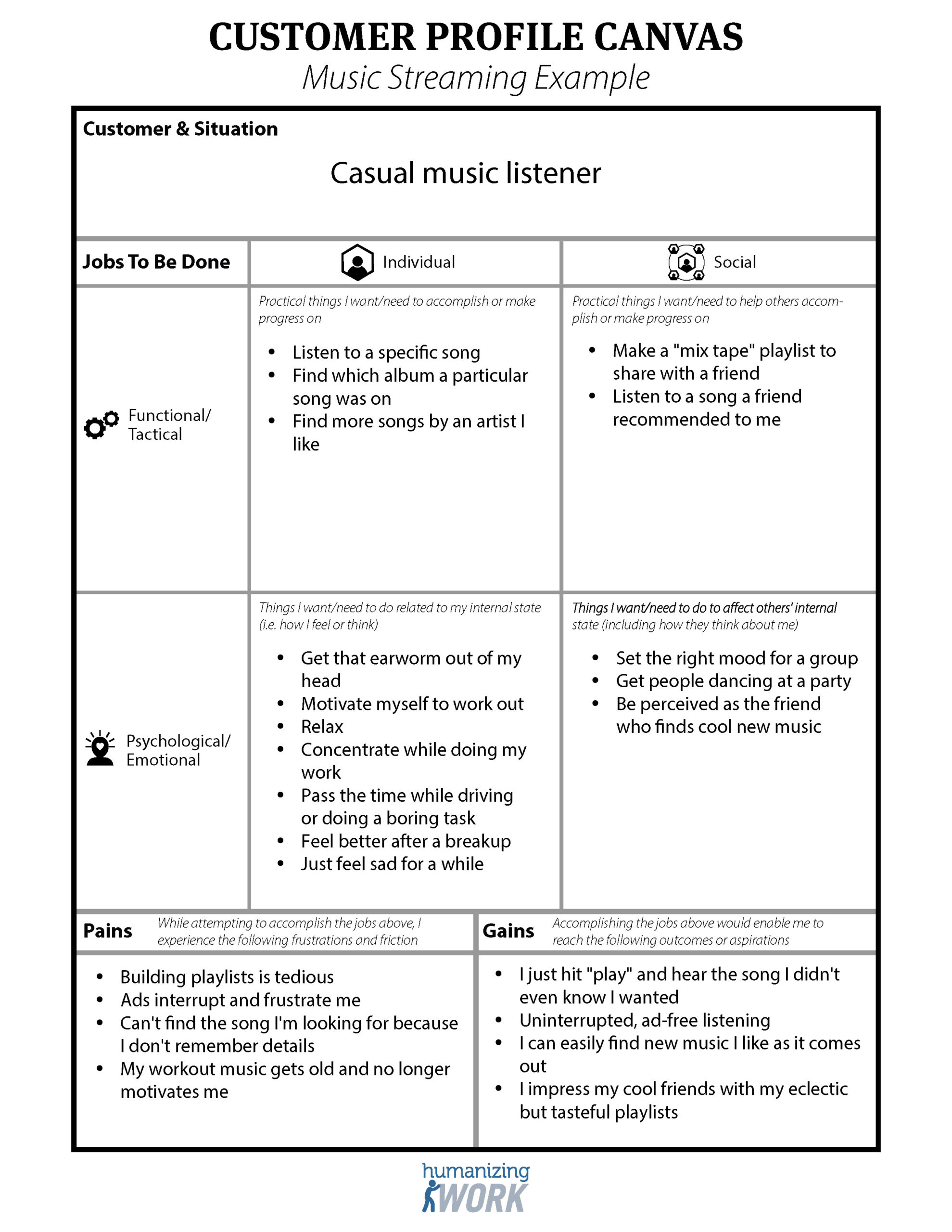In our product classes like CSPO and Advanced CSPO, we teach practices and tools for understanding and communicating about your target customers’ needs.
But we hear an objection, especially from product owners and product managers in large organizations: “I’m not allowed to talk to the customer.” There’s frequently a wide gap between customer-facing roles and product development teams.
While we could (and do) talk about reducing that distance, let’s focus on something you can do right now: make your customer assumptions visible.
You have assumptions about your customer. Those assumptions are steering your product decisions whether you acknowledge them or not. They’re hiding in plain sight:
- They’re embedded in your product backlog
- They show up in the features you prioritize
- They reveal themselves in the user stories you write
- And perhaps most tellingly, they’re reflected in what you decide isn’t important enough to build
The problem isn’t having assumptions—we all do. The problem is leaving them invisible.
Capture those assumptions. We like a variation on the customer profile from the Strategyzer Value Proposition Canvas. Write down your beliefs about what your target customer wants to accomplish or make progress on, what’s painful or frustrating as they try to do that, and what outcomes would be ideal for them. Here’s an example:

When you make your assumptions visible through customer profiles, something powerful happens. You create opportunities for:
- Having explicit conversations about who you’re building for
- Building alignment across teams and departents
- Getting feedback from colleagues who are closer to customers (“Here’s what we think we know—where are we wrong?”)
- Identifying your riskiest assumptions—the ones that need to be true for your product to succeed—and starting discussions about how to test those risky assumptions
Those conversations often lead to reducing the distance between teams and customers. But even when they don’t, they lead to better reasoning and alignment in the work.
Think of customer profiles as a tool for making your implicit knowledge explicit. They’re not just documentation—they’re conversation starters. They’re hypothesis collections. They’re alignment tools.
Even if you can’t talk directly to customers right now, you can start making your assumptions visible. Give it a try this week. Start documenting what you believe to be true about your target customers. Share it. Discuss it. Test it. You might be surprised at what becomes visible when you do.
Interested in going deeper? Join one of our upcoming product courses:
- Certified Scrum Product Owner (CSPO): Master the skills needed to discover, slice, and clarify the most valuable work for the team to execute on. More than a Scrum course with a bit of Product Backlog thrown in, this course dives deep into key Product Management concepts.
- Advanced Certified Scrum Product Owner (A-CSPO): Take your Product Ownership expertise to the next level with this immersive, hands-on program. Delivered virtually over six weeks, you’ll engage in weekly cohort-based learning sessions—each focused on a new key concept. Between sessions, you’ll gain practical experience by practicing what you learn in real-world scenarios. By the end of the program, you’ll not only understand advanced product management principles, but you’ll have applied them to your own work.
Last updated